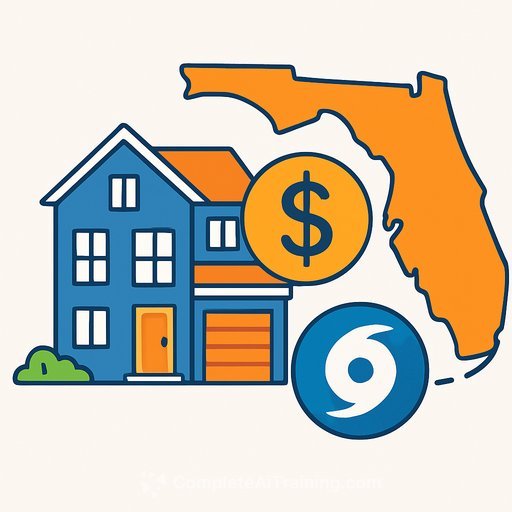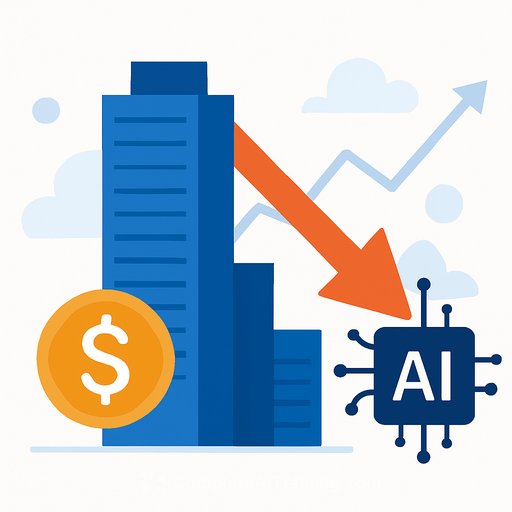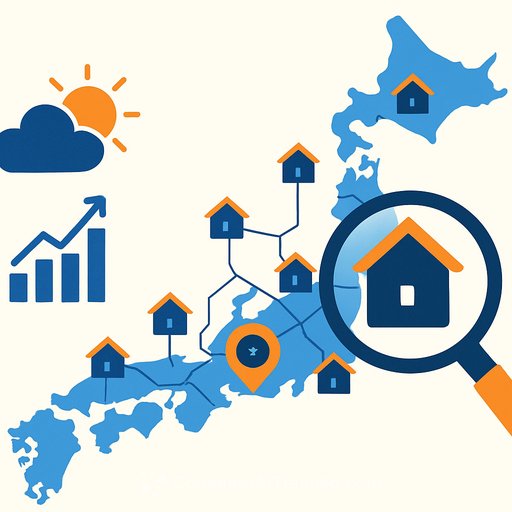Stand Insurance lands $35M to scale AI-driven homeowners coverage in high-risk markets
Stand Insurance has secured $35 million in Series B funding to expand its artificial intelligence-powered homeowners coverage. The company already underwrites in wildfire-exposed parts of California, with policies on properties totaling about $1 billion in value. The new capital, led by Eclipse with participation from Lowercarbon Capital and Inspired Capital, will support expansion into Florida this year.
Capacity is tight. Insurers continue to pull back from high-risk geographies as climate-linked losses rise. This year's Los Angeles wildfire alone is estimated to have caused $164 billion in losses, intensifying pressure on pricing, availability, and reinsurance.
How Stand prices risk
Stand ingests remote sensing data and homeowner-supplied details-window materials, roof type, defensible space, and even tree species. Its models simulate how wind, heat, and embers could drive damage at the parcel level. "That basically tells us what are the vulnerabilities that you need to remedy," said Dan Preston, Stand's cofounder and CEO.
The output is a clear action plan for hardening the home. Customers who complete the recommended steps become eligible for Stand's coverage and receive discounts.
Positioning on price and segment
Stand is targeting affluent homes from $2 million to $10 million-an area with limited options given the California FAIR Plan's $3 million cap. A $5 million home in Pacific Palisades would run about $35,000 in annual premium with Stand, according to Preston, versus an average near $46,000 from non-admitted peers in the same area. Several carriers have stopped renewing some policies entirely.
For context, the FAIR Plan remains a backstop but not a complete solution for higher-value risks. Details on coverage limits and eligibility are available from the California FAIR Plan Association.
AI adoption is accelerating-so are the governance questions
Insurtech has attracted more than $60 billion since 2012, with roughly a quarter flowing to AI-related startups, per a report from Gallagher Re and CB Insights. Large carriers are also leaning on AI to assess and segment risk. Stand reports its insurance service is profitable, though no specifics were disclosed.
There are caveats. AI models can be opaque and produce divergent outputs, which complicates validation and could affect claims decisions and re-rating. "Models tend to do better when you're looking at aggregated losses, not the loss for one specific house," said Rachel Davidson, professor of civil and environmental engineering at the University of Delaware.
Market concentration adds another layer of risk. "There is a risk that these AI-driven insurance startups enter a market where traditional insurers have exited, and people become more and more reliant on a concentrated array of insurers," said Jesse Keenan, associate professor at Tulane University. In a large event, outsized exposure could stress claims-paying ability.
Operational takeaways for insurance professionals
- Underwriting data: Expand property-level intelligence (roof, vents, vents screens, vegetation, access roads) and feed it into peril-specific models for wildfire and wind.
- Mitigation-as-a-condition: Tie eligibility and discounts to proof of completed hardening steps, with timestamped documentation and reinspection protocols.
- Model governance: Require versioning, back-testing on recent events, independent validation, and clear documentation of major model assumptions and limitations.
- Pricing discipline: Stress test rate adequacy under multiple event sets, secondary perils, and reinsurance structures; monitor tail correlations in depopulated markets.
- Claims transparency: Predefine how model outputs inform claims investigations to avoid surprises that erode trust and invite disputes.
- Aggregation controls: Set caps by ZIP/brush zone/wind band and track ceded recoveries to prevent concentration that could jeopardize solvency.
- Distribution focus: Educate affluent homeowners on mitigation ROI and timelines; coordinate with contractors to reduce friction and fraud risk.
What to watch next
- Florida expansion: How Stand prices wind and storm surge, its reinsurance placements, and whether discounts scale with verifiable mitigation.
- Event performance: Post-event loss ratios vs. peers, claims cycle times, and any deviation between modeled and realized losses.
- Capacity durability: Access to reinsurance/retro amid higher cat activity and whether capital providers stay engaged after a major loss.
- Fairness and regulation: Transparency around re-rating and non-renewals; potential scrutiny if models produce inconsistent or biased outcomes.
Quotes shaping the debate
Shan Ge of NYU Stern: if technology can better distinguish riskier homes from safer homes and price accordingly, pricing can be fairer and push homeowners to mitigate. That incentive loop is where AI can add real value-if the models hold up under stress and the mitigation guidance measurably cuts loss severity.
Industry resources
- Market context and trend data: CB Insights Research.
- California backstop information: California FAIR Plan Association.
Upskilling on AI for underwriting and claims
If your team is building AI literacy for risk modeling, pricing, or claims triage, see curated options by role at Complete AI Training.
Your membership also unlocks:






